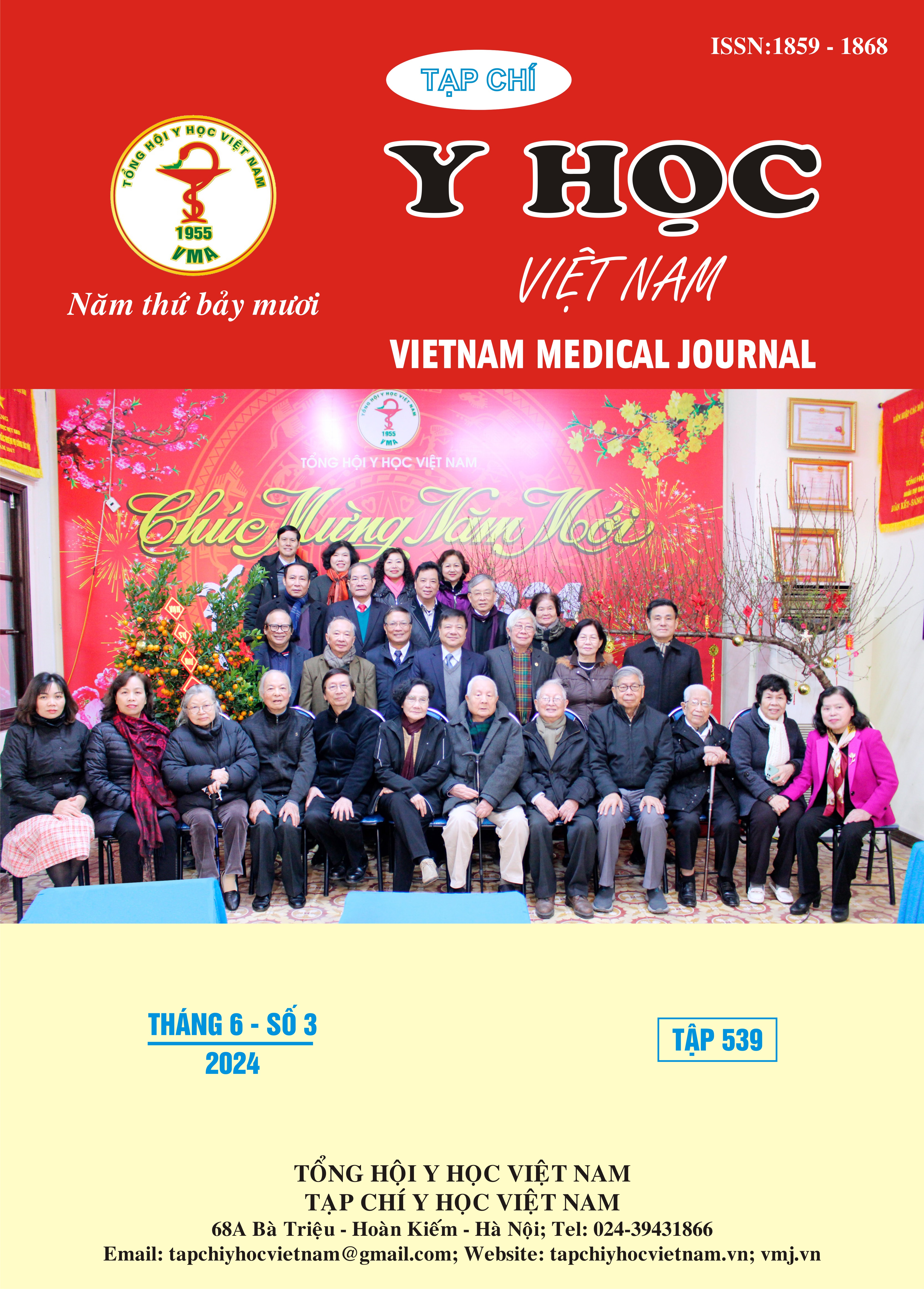TRENDS IN SEEKING HELP TO SOLVE MENTAL HEALTH PROBLEMS AND BARRIERS TO ACCESSING MENTAL HEALTH CARE SERVICES AMONG STUDENTS AT THAI NGUYEN UNIVERSITY OF MEDICINE AND PHARMACY
Main Article Content
Abstract
Background: Mental health issues are becoming more prevalent, particularly among young people. Seeking treatment and gaining access to suitable mental health care services will assist students in overcoming mental health issues early on. However, there is currently little research on this topic among Vietnamese students, particularly those studying medicine. Objective: Describe the tendency of students to seek help to solve mental health problems; survey the barriers to accessing mental health care services among university students at the Thai Nguyen University of Medicine and Pharmacy. Materials and Methods: Description in cross-section. The study used a questionnaire to conduct direct interviews with 1209 students at Thai Nguyen University of Medicine and Pharmacy. Research indicators include age, gender, ethnicity, and the rate of students with mental disorders according to the SRQ-20 scale. Results: The average age was 20.6 ± 1.7 years. The rate of students with mental disorders was 50.0%. Sources of support that students often turn to to solve mental health problems were: friends (36.3%), family (24.0%), while mental health care specialists was 2.6%. Want to solve problems by themselves (64.3%); that talking with friends and relatives is better (40.1%); and think that the problem will go away on its own without help (32.7%) were the three reasons chosen by most students to explain not seeking professional mental health care services when experiencing mental health problems. Conclusion: Instead of seeking professional mental health care services, students often turn to relatives who do not have competence in mental health care to solve mental health concerns. Students' awareness and attitudes regarding mental health concerns are the most significant barriers to seeking mental health care services.
Article Details
Keywords
seeking help, mental health, health students
References
2. Tôn Thất Minh Thông, & cộng sự. Sức khỏe tâm thần của sinh viên Đại học Huế. Tạp chí Khoa học, Trường Đại học Sư phạm, Đại học Huế, ISSN 1859-1612, Số 2(62)/2022: tr.163-173.
3. UNICEF Việt Nam. Sức khỏe tâm thần và tâm lý xã hội của trẻ em và thanh thiếu niên tại một số tỉnh và thành phố ở Việt Nam (2018).
4. Trần Ngọc Đăng, Đỗ Văn Dũng, Huỳnh Hồ Ngọc Quỳnh. Tỉ lệ rối nhiễu tâm trí và các yếu tố liên quan của sinh viên khoa Y Tế Công Cộng Đại học Y Dược TP. Hồ Chí Minh năm 2010. Tạp chí Nghiên cứu y học, số 1/2011, Tr. 62-67 (2011).
5. Nguyễn Văn Hùng, Hoàng Thị Hương Lan. Hành vi tìm kiếm sự trợ gúp đối với các vấn đề sức khỏe tâm thần ở sinh viên năm thứ nhất trường Đại học Y Dược Huế. Tạp chí Y Dược học – Trường Đại học Y Dược Huế, Tập 9, số 4 – tháng 7/2019, Tr. 92-97 (2019).
6. Hughes, G., Panjawni, M., Tulcidas, P. & Byrom, N., 2018. Student Mental Health: The role and experiences of academics. Oxford: Student Minds. - https://www.studentminds.org. uk/theroleofanacademic.html
7. Sareen J., & cộng sự. Perceived barriers to mental health service utilization in the United States, Ontario, and the Netherlands. Psychiatr Serv. 2007 Mar;58(3):357-64. doi: 10.1176/ ps.2007.58.3.357. PMID: 17325109 (2007).


